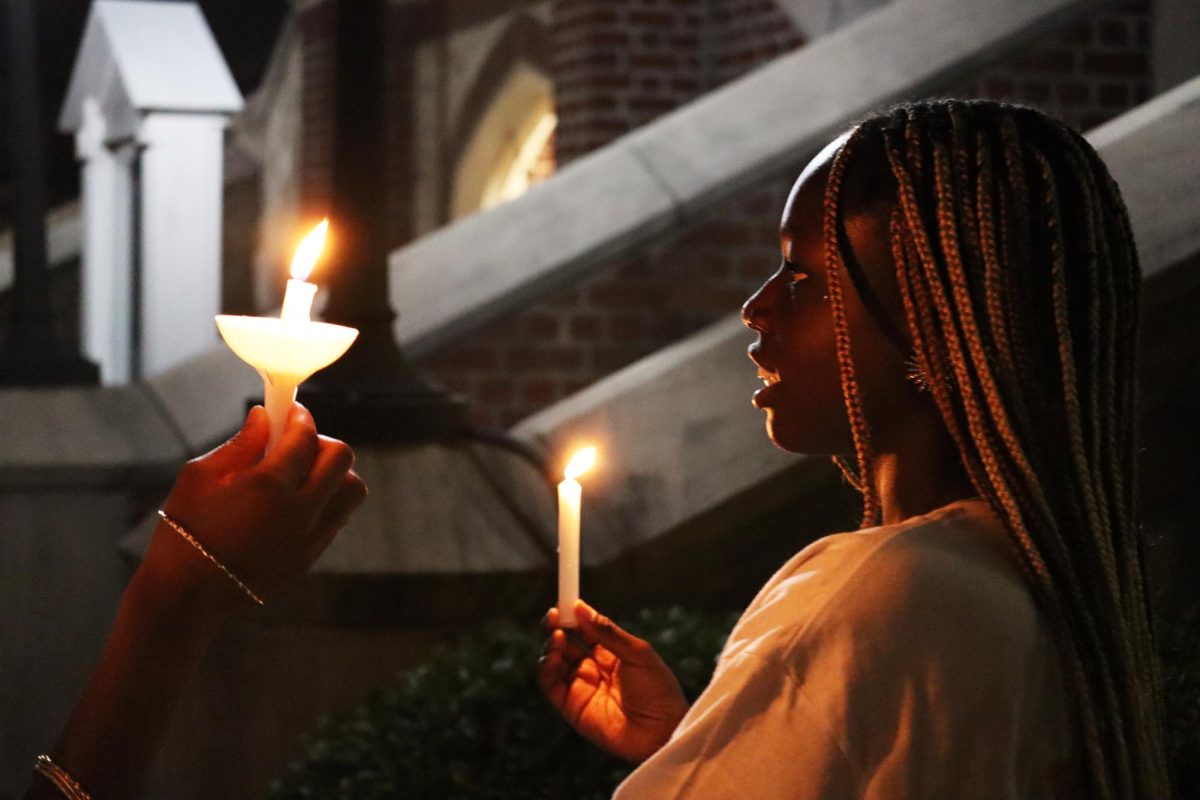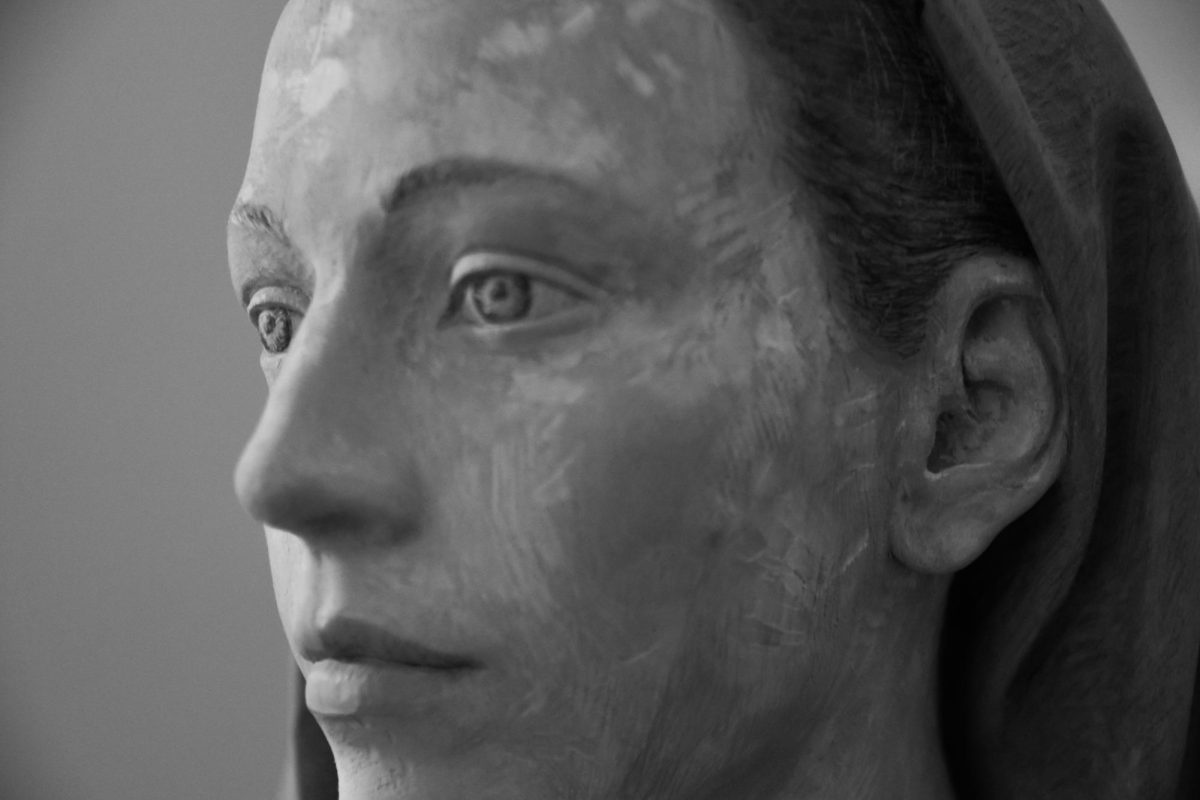Clara Baldwin, psychology freshman and Buddig Hall resident, had mold growing on her bathroom floor.
“I had to bleach that stuff … It was pretty disgusting,” she said.
Mold in Buddig Hall has been a problem for over a year now. Last October, Residential Life sent an e-mail to Buddig residents stating that they isolated possible causes of the mold and included tips on how to reduce the likelihood of growth.
Baldwin also had problems with her air conditioner when she first moved in. Since then, she said her unit had been repaired. But before that, the added moisture would make homework impossible.
“At first, even when it was on high, the room was so humid that I couldn’t write on my notebook paper because it would break,” Baldwin said.
A Buddig resident, who wished to be referred to only as Natalie, said there was visible mold on her closet, ceiling and in her luggage.
Last semester Sean Hood, political science freshman, contracted a bacterial ear infection twice and went into anaphylactic shock due to an allergic reaction to the medication.
Sean’s doctor told him “that (the strep throat) was caused by a bacterial infection probably caused by mold.”
Director of Residential Life Robert Reed said that he hasn’t received many mold complaints.
“I know that there are issues with the mold and mildew on the outside of the windows,” Reed said, “but that is the only issue that I am aware of.”
Measures were taken last summer to limit the spreading of mold.
“What we did last summer was have every bathroom treated and painted with a special paint. Every closet, ceiling and air conditioning vent was cleaned and treated as well,” Reed said.
Reed said while the paint is effective, it is “formulated to effectively prevent the spread of mold and odor causing bacteria on its surface,” which means that it doesn’t stop the mold on the inside of the walls.
Environmental Protection Agency guidelines for mold remediation list fixing water or moisture problems as one of the key steps. Henrietta Buddig Hall was built in 1967. Its walls are mostly plaster, which means that the plumbing behind it is untouched. Otherwise, that section would most likely be replaced with wallboard, Reed said. Buddig Hall residential units each share a bathroom with the neighboring unit.
“You have a lot more plumbing, a lot more water and a lot more moisture in Buddig Hall because you have a bathroom inbetween each unit,” Reed said.
Reed said that completely replacing the plumbing infrastructure would be too costly an endeavor to even be an option.
“Because of straight-line plumbing, in order to do that you would have to shut down columns of the building,” he said.
By straight line, Reed is referring to the manner in which the plumbing framework is laid out. Rooms 105, 405 and 1005 are all connected to the same water main line and drain line.
“All of the buildings are straight-line plumbing, which is an issue,” Reed said. “There are times when things go awry.”
Jean-Paul Arguello can be reached at [email protected].







